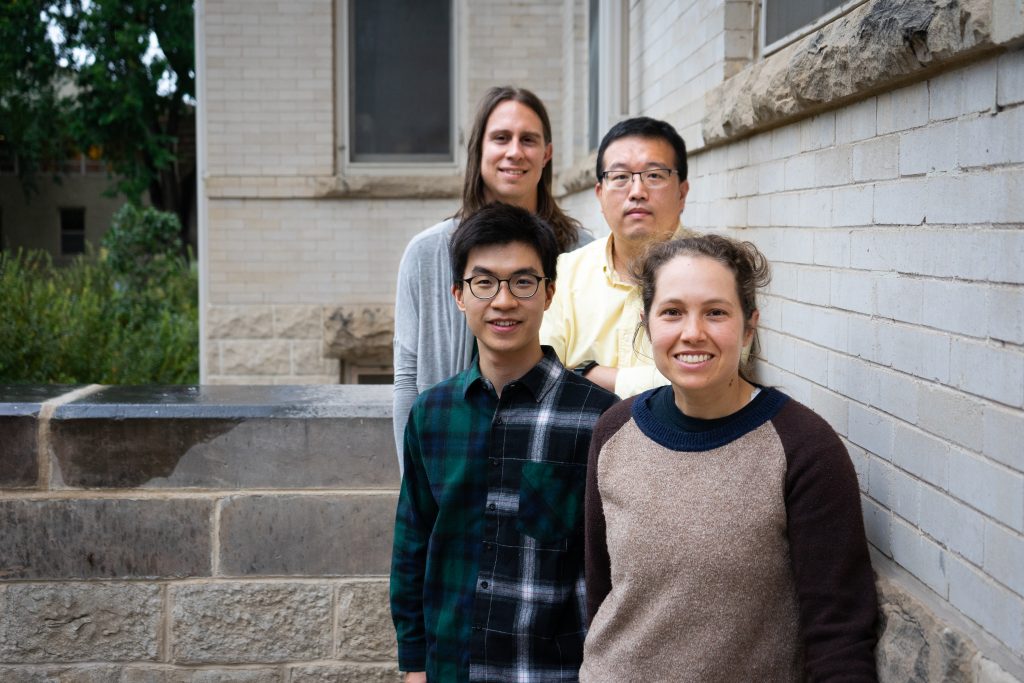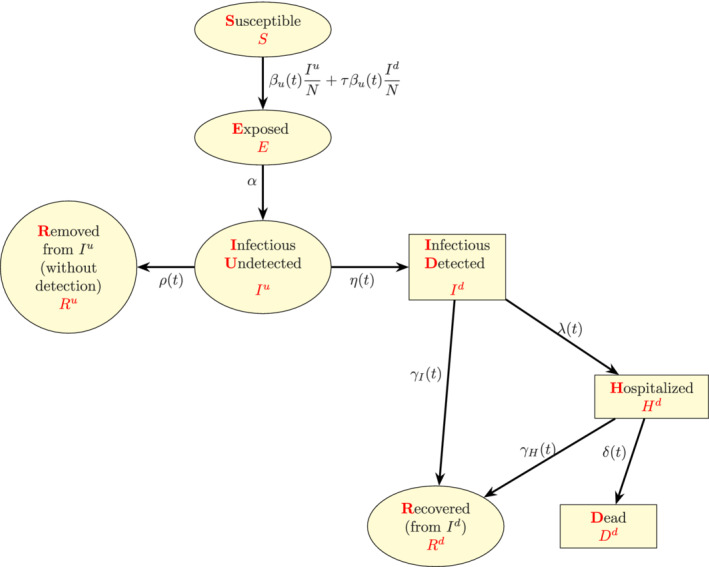A new way to model the spread of disease
Colorado State University statisticians developed a novel, time-varying coefficient state-space model for infectious disease transmission applicable to possible future pandemics.

In countless academic papers, the names of statisticians are the ones you’ll see alongside experts from other fields, from wildlife biology to environmental health. Stats experts often provide complex analyses needed to verify conclusions from large datasets by creating models that make sense of that data.
Less often, you’ll see a list of statisticians together on one paper that tackles a specific problem. But that’s exactly what happened early in the COVID-19 pandemic, when a motivated group of researchers from Colorado State University’s Department of Statistics wanted to lend their expertise to a fast-moving, worldwide problem.
The result is a recently published paper in Statistics in Medicine that describes a novel, time-varying coefficient state-space model for infectious disease transmission, inspired by the early spread of COVID-19, but flexible enough to apply to other diseases and possible future pandemics.
The paper was authored by four faculty members from the Department of Statistics: Joshua Keller, Tianjian Zhou, Andee Kaplan and Wen Zhou, along with collaborator Brooke Anderson from the Department of Environmental and Radiological Health Sciences.
Team member Keller, an assistant professor in statistics, said the group was convened by Wen Zhou in spring 2020. Those initial conversations centered on how they as statisticians were interpreting the performance of generic disease-transmission models that were then being applied to the rapidly unfolding pandemic. They felt that some things were missing, including the large amount of variability in the data.
“So we got together and developed this model, which allowed us not only to model transmission, but also some of the key features of the disease data,” Keller said. Their model accounted for lags in case counting, as well as the heterogeneity in people’s behaviors, such as mask-wearing and social distancing. “We wanted a framework that we really felt was a good representation of what was happening, so that we could then look at the effects of those factors.”

While most of the work was done pre-vaccines, the model was designed to easily reflect large-scale changes. This could include the widespread availability of vaccines, or shifts in behavior across populations, such as adherence to or dropping of mask mandates. The modeling framework can be applied to any infectious disease, not just COVID-19, and for this reason the researchers hope their work could be useful in the face of a future pandemic, if it’s ever needed.
Read the paper: https://pubmed.ncbi.nlm.nih.gov/35322455/




